Building a Flexible Workforce
There's no doubt that COVID-19 has changed how we work.
And, while there have been many negatives to this pandemic, it presents a unique opportunity to shape the world of work in a way that benefits all. In many countries, we're set to see a large uptick in the use of contract or non-permanent staff, post-COVID.
There are benefits to this for both workers and employers. For contractors or temporary workers, there is the opportunity to chase technology, to hone skills (or upskill between projects) or the freedom to schedule breaks between projects to enhance work/ life balance. For employers, the rise of an agile, flexible, contract-based workforce offers the prospect of managing critical projects without the risk (or cost) of hiring skills permanently.
For the past two decades, the International Labour Organisation has been reporting on the rise of the 'flexible workforce' – or a workforce that 'grows in number to meet business needs at any given time and falls back to a baseline number when the increased size is no longer necessary.
Companies that embrace the use of flexible workers keep their number of full-time, permanent employees to a minimum, while hiring more temporary, part-time or contract employees to meet demand during busier periods or for specific projects.
The concept isn't new. We only need to look at retail or agriculture, where seasonal workers have always been brought in to meet demand in busy periods. However, what is new is the dramatic increase (over the past decade) in the use of highly skilled contractors to deliver on specific projects or work.
For employers, the benefits are numerous and include reduced payroll costs, greater talent diversity, access to expert skills that might not otherwise be affordable (or available locally) and greater employee engagement. For employees, working flexibly is part of the trend towards a gig economy – or the move towards temporary, flexible jobs and away from permanent employment. In an ideal world, this move is powered by independent workers, who select work contracts based on interest and how the work offered can grow their skills and expertise.
As our economy starts the slow journey to recovery, many leaders have had to reduce their permanent staff complement as a result of the effects of COVID and lockdown on business.
However, this has not removed the need to deliver on outstanding projects. Expanding the flexible workforce to support business and project needs is the obvious answer.
In my experience, effectively managing a large non-permanent workforce is not without its challenges. While your flexible contract workers aren't employees (in the traditional sense), they (and the work that they do) still needs to be tracked. It is important to establish a flexible workforce programme to ensure that you have the right tools in place to manage this type of work effectively. As part of this process, you need to consider:
- Deemed Employment: South African law makes provision for temporary or contract workers to be deemed 'employed' if temporary or contract employment persists beyond a certain period.
- 3rd Party Tax and Statutory Exposure: If exposed, it's likely that you will be pursued and not the contractor/ temp worker.
- Worker Misclassification: Incorrect classification of your freelancers could mean that you become liable for minimum wages, pension contributions, holiday and sick pay.
- IP Leakage: If your contract doesn't make provision for IP ownership, you may have no claim over valuable IP when the contract ends.
- Data and insight on costs, hourly rate benchmarking and the effective onboarding/ offboarding of contractors
- Payroll Implications: What, if anything, do you need to consider around payroll?
If you're interested in scaling up your non-permanent workforce, how do you navigate these complexities? The first step is to determine when (and if) you need a flexible workforce programme. Businesses should be thinking about:
- If you currently have any flexible workers in your business, were they onboarded into the business in a way that reduces your risk?
- Who do these contractors report to? Are they being effectively managed on a day-to-day basis? Who has sight of them and their output?
- What are they doing for your business? Do they touch customers or work on any mission-critical systems?
- Is your business exposed to any legislative, tax or statutory risks as a result of these flexible workers? Do you think that you have any business risk exposure as a result?
A properly managed flexible workforce can significantly positively influence business success and, with the right amount of visibility over your contractors, you can experience a better outcome. There is no doubt that, in uncertain times, talent agility is critical to organizational success. Using flexible, non-permanent talent can give you the skills that you need to get urgent work done immediately. It can also help you to build a talent pipeline to support future growth.
I believe, as John Wooden said that, today, 'flexibility is the key to stability' – and that, going forward, companies and individuals who embrace it will come out on top. Good luck.










